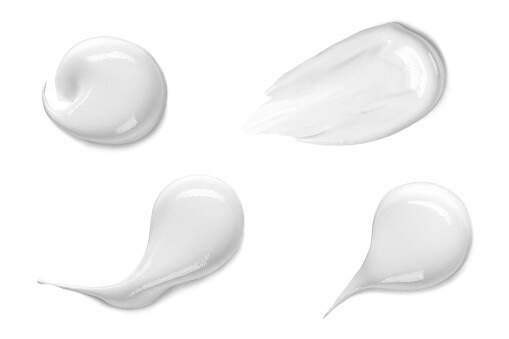Dermatologist Advice: Skin Moisturizer Tips

Choosing “the right” moisturizer can be a daunting experience. The market is saturated (pun intended!) with a myriad of moisturizers. A new moisturizer debuts on the skincare stage of pharmacies and department stores on a regular basis. So how do we evaluate a moisturizer and how to choose the right moisturizer? Most of the time, a moisturizer’s quality is “measured” by its texture, its ability to magically disappear when applied to the skin, and its effects on the skin.

The role of a moisturizer is to hydrate and soften the skin. It does this primarily by preventing transepidermal water loss. A moisturizer should glide effortlessly on the skin. It should have a silky texture. One of the key ingredients which confers this property is dimethicone. Dimethicone’s role is to create a protective barrier on the skin’s surface so that water can’t escape and environmental irritants are kept out! Dimethicone is present in certain oil-free moisturizers. However, in most cases, it is included along with mineral or other oils.
Other occlusives which protect and lubricate are petrolatum and mineral oil. These are derived from petroleum. Lanolin is an emollient derived from sebaceous gland secretions present in sheep’s wool. Jojoba oil and Shea butter are plant-derived and very effective emollients. None of these substances are “absorbed” into the skin. Their capacity to soften and protect the skin derives from preventing water loss as mentioned earlier. It all boils down to water! Healthy skin is hydrated skin. Which brings us to the next ingredient which seems to enhance the skin’s ability to hold on to water.
Hyaluronates are present naturally in our skin, in the third layer, the dermis. They are known to absorb 1,000 times their weight in water. They are therefore categorized as humectants. When included in a moisturizer they are purported to plump the skin and reduce the appearance of wrinkles. These molecules are probably too large to actually percolate into the dermal third layer. But by attracting and retaining water in the most superficial layer, they can effectively mitigate the appearance of fine lines and impart a dewy finish to the skin surface. Glycerin, urea, and propylene glycol are other common humectants.
Ceramides are another natural component of the skin, in this case the stratum corneum, the superficial layer in which our skin is swathed. Certain moisturizers, including the popular prescription moisturizer Epiceram, contain ceramides. These are analogous to the mortar holding a brick wall together. We need ceramides to prevent dehydration of our skin. Dehydrated skin equals dry skin equals “aged” skin. Hence the need for adequate hydration with a healthy dose of replenishing ceramides in a cosmetic product/moisturizer.
Antioxidants and antioxidant vitamins such as vitamins C, E, and A present in certain moisturizers are important adjuvants to skin health and do get absorbed into the skin. AÂ moisturizer that doubles as a sunscreen is highly desirable in sunnier climates or at higher altitudes.
Whether to choose a moisturizer consisting of an oil in water emulsion(water is listed as the first ingredient) or a water in oil emulsion (oil is first ingredient) will depend on skin type and climate conditions. The former may appear to absorb faster into the skin but may not have the staying power of a water in oil formula.
To be avoided if possible are potential irritants such as isopropyl alcohol, lavender and citrus oils, hydroxycitronellal, Cinnamic aldehyde, eugenol, formaldehyde and related substances. The ideal moisturizer is completely fragrance-free.
